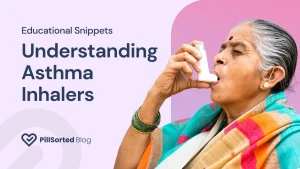How to Care for Your Eyes
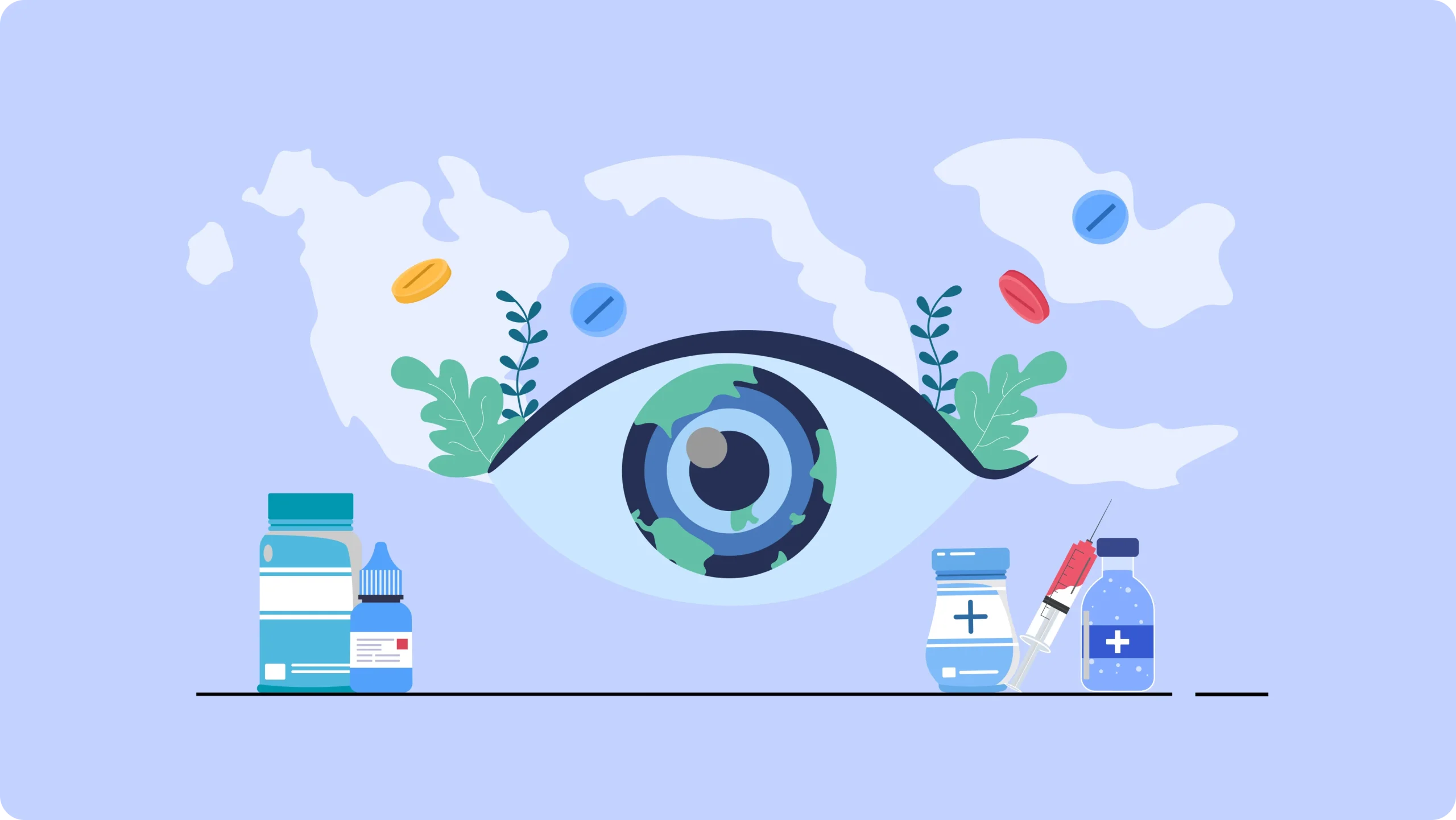
Our eyes are one of the most important organs in our body, yet we tend to take them for granted—especially in today’s world, where we are constantly exposed to digital screens, pollutants, and other eye irritants. Fortunately, even subtle changes to your lifestyle can help you minimise the risk of developing common eye conditions. Here are some of the things you should know and can try to care for your eyes and protect your vision long-term.
In this post:
- What are the most common eye issues
- What eye issues to look out for as you age
- How to care for your eyes, dos and don’ts
- Eye health medicine toolkit
Common eye issues
Your eye issues will depend on your age and on your lifestyle. Here are some of the most common everyone should be aware of:
- Pink eye (conjunctivitis) is a highly contagious inflammation or infection of the thin membrane that covers the white part of your eye and the inside of your eyelids. It usually causing redness, irritation, and discharge. While more common among children, it can affect anyone of any age.
- Styes (Hordeolum) are sometimes confused for pink eye, but they are different. In short, a stye is a localized infection of an eyelid gland that results in a painful bump. While pink eye refers to inflammation of the membrane (see above).
- Digital eye strain, also known as ‘computer vision syndrome’, occurs when you spend a lot of time using digital devices—smartphones, computers, tablets, etc. It can lead to eye strain, headaches, and other symptoms.
- Eye injuries such as corneal abrasions, blunt trauma, and penetrating injuries are typical for people who participate in contact sports—especially football, squash, basketball, and activities such as paintball. Construction workers and electricians are also at a higher risk for eye injury.
- Near-sightedness (myopia), farsightedness (hyperopia), and astigmatism are refractive errors. This means the shape of the eye prevents light from focusing properly on your retina, leading to blurry vision.
- “>Contact lens-related eye infections including keratitis (corneal ulcers) and pinkeye can occur when you wear contacts for too long.
Age-related eye issues
- Age-related farsightedness (presbyopia) is when you find yourself holding books and mobile phones at arm’s length to read them. It usually develops between the ages of 40 and 50.
- Age-related Macular Degeneration (AMD) is the leading cause of irreversible blindness in the western world. It affects the central part of your retina, causing vision loss in the centre of the visual field. Risk of AMD rises sharply after age 65.
- Cataracts is a clouding of the lens in your eye, which can cause vision loss and glare. It can develop at any age but is most common after age 60.
- Glaucoma is caused by pressure inside your eye. The pressure can damage the optic nerve and lead to vision loss and blindness if left untreated. It can affect anyone, but is more common after the age 40.
- Floaters are tiny specks or spots that float across your field of vision. They are caused by the gel-like substance in your eye becoming more liquefied after the age of 30.
- Dry-eye syndrome occurs when your eyes do not produce enough tears or your tears evaporate too quickly. This leads to dryness, discomfort, and irritation. It is more common after age 50.
How to care for your eyes
Here’s what you can do care for your eyes and keep them healthy as long as possible:
Eat foods high in Lutein
Eye friendly nutrients called Luteins are found in many fruits and vegetables especially spinach, kale, and red peppers. These foods can help to protect against age-related vision loss such macular degeneration (AMD) and cataracts. And improve symptoms in people who have them.
Protect your eyes from UV light
UV exposure from the sun can make your make your eyes red, swollen, and watery over the short term. And can significantly increase your risk of developing cataracts, macular degeneration, and other eye conditions over the long term. Wear wide brim hats outdoors and make sure your sunglasses block out at least 99% of UVA and UVB light. This goes for kids too!
Quit smoking (or don’t start)
People who smoke are 4 times more likely to develop macular degeneration (AMD). Smoking also contributes to cataracts. If you smoke, quitting can help you reduce your risk of developing these eye problems.
Use protective goggles or eyewear
Did you know that 90% of eye injuries could have been prevented? That’s why it’s so important to wear goggles or protective glasses in any situation that puts your eyes at risk. Remember UV light enters your eyes while gardening and walking, too.
90% of eye injuries could have been prevented
Avoid pollen & pollutants
It can be hard or impossible to control our outdoor environment, so do the best you can to keep the air you breathe indoors clean from smoke, pollution, and pollen. Keep your doors and windows closed during hay fever season and if you live in an area with wildfires. Use air HEPA air purifiers.
Get regular eye exams
Get an eye exam every 2 years unless your optometrist advises you to come in more often. Eye exams are essential for the early detection of glaucoma, cataracts, and macular degeneration. Exams do more than help prevent further damage to your eyes and vision loss. They can also help reveal underlying health issues such as high blood pressure, diabetes, and even some types of cancer.
Take screen breaks every 20 minutes
To avoid digital eye strain, including dry eyes, blurred vision, and headaches, use the 20-20-20 rule. Take a screen break every 20 minutes, and look at something 20 feet (6 meters) away, for 20 seconds.
Keep the area around your eyes clean
To avoid infection, always wash your hands before putting them close to your eyes. Especially if you’re putting in or taking out contact lenses. If you wear makeup, be sure to remove it gently and thoroughly every night. Don’t forget to clean and store your glasses and sunglasses too!
Eye care Dos & Don’ts
| Do | Don’t |
|---|---|
| Eat foods high in Lutein (kale, spinach) | Don’t smoke |
| Avoid smoke & air pollutants | Don’t spend excessive time watching screens |
| Protect your eyes from UV light | Don’t over-extend the life of your contacts |
| Use the 20-20-20 rule for screentime | Don’t expose your eyes to UV light |
| Use protective goggles or eyewear | Don’t get dehydrated |
| Practice good eye hygiene | Don’t touch your eyes with your fingers |
| Get an eye exam every 2 years | Don’t neglect your eye check-ups |


Ocu-Lube Carbomer 0.2% Eye Gel – 30 Single Unit Dose
Ocu-Lube Carbomer 0.2% Eye Gel are eye drops that comes in the form of liquid gel. With the active ingredient carbomer, these eye drops provide a soothing effect and act as ‘artificial tears’ to alleviate dry and sore eyes and promote hydration. With the added convenience of single-dose packaging, they are particularly well-suited for individuals experiencing dryness and fatigue in their eyes and seeking immediate relief wherever they are.

Hylo Night Eye Ointment – 5g
Hylo Night Eye Ointment with Vitamin A is a preservative-free ointment designed for overnight eye care. Formulated with the active ingredient retinol palmitate, it creates a long-lasting protective film, providing relief for burning, itching, and dry eyes. With up to 6 hours of lubrication, it improves tear film stability and offers comfort throughout the night. The 5g tube contains approximately 300 applications, making it a cost-effective choice.
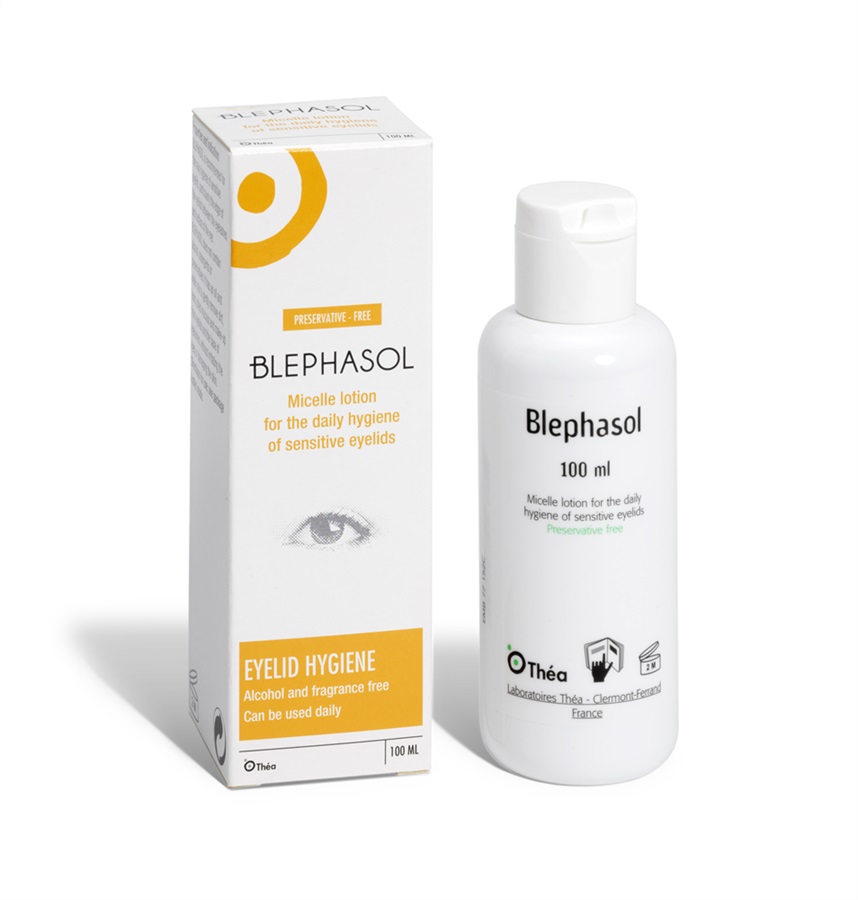
Blephasol Micellar Eyelid Cleansing Lotion – 100ml
Blephasol Micellar Eyelid Cleansing Lotion is a gentle aqueous solution specially formulated to cleanse and soothe your irritated eyes and eyelids. Its innovative spray application fights contaminants effectively, providing deep cleaning around your eyes and other areas of skin irritation. With just a small amount applied to a cotton pad, you can remove debris without rubbing your eyes.
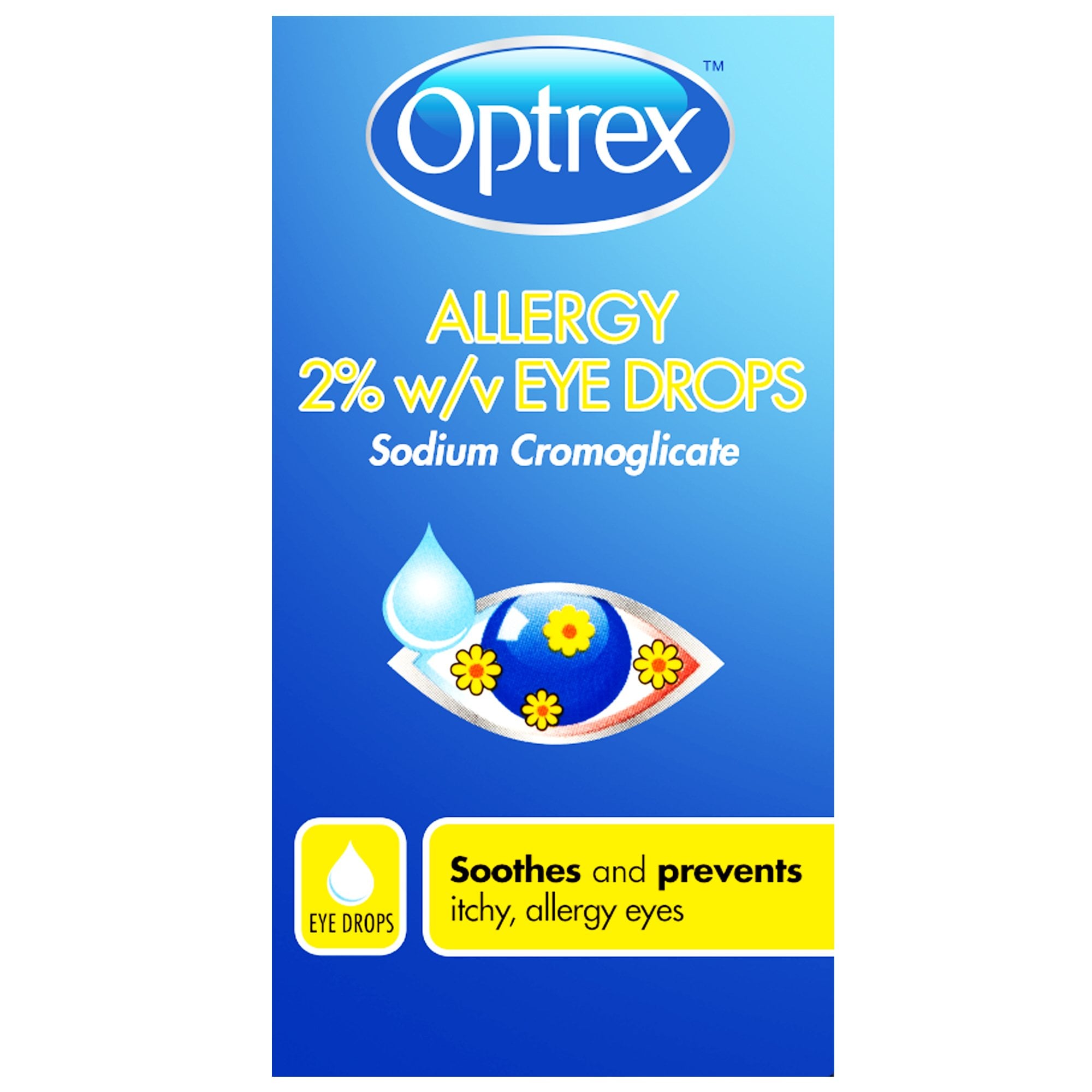
Optrex Allergy Eye Drops 2% w/v – 10ml
Optrex Allergy Eye Drops provide relief for eye allergy symptoms by addressing the root cause and calming irritated eyes. These drops help alleviate redness, itchiness, and watery eyes that may occur during an allergic reaction or hay fever. The portable dropper bottle allows for easy application wherever you are, making it an ideal solution for those who do not want their allergies to hinder their daily activities. The active ingredient in Optrex Allergy Eye Drops is sodium cromoglicate
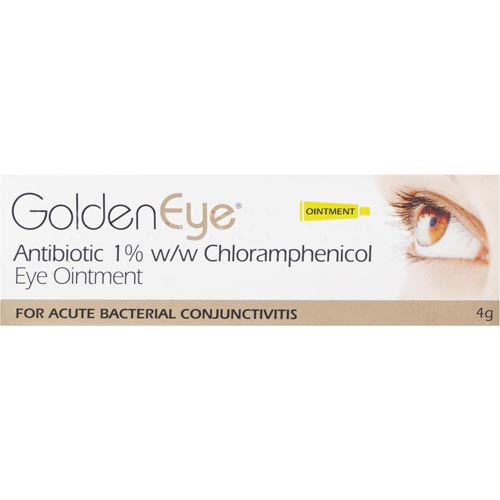
GoldenEye Antibiotic Ointment – 4g
GoldenEye Antibiotic Ointment is a treatment for bacterial conjunctivitis.
Main takeaways
- Common eye health concerns at any age are pink eye, digital eye strain, eye injuries, and nearsightedness.
- As we age, our eyes change and lead to additional eye conditions to be sure to check up on, such as farsightedness, AMD, cataracts, glaucoma, floaters and dry eye syndrome.
- Caring for our eyes involves keeping the area around them clean, protecting them during sport or dangerous labour, and getting regular check-ups every 2 years.
- OTC medicines can also help you manage the symptoms related to common eye health conditions.
References
Richa, A., et al (2022). J Family Med Prim Care. Effect of increased screen time on eyes during COVID-19 pandemic
Koh, A.H.C., et al (2002). Ann Acad Med Singapore. Age related macular degeneration: what’s new
Hoskin, A.., et al (2016). Asia Pac J Ophthalmol (Phila). Eye Injury Prevention for the Pediatric Population
PillSorted
PillSorted is a full service pharmacy that delivers trusted pharmacy products, over-the counter medications, and the prescriptions your doctor recommends, directly to your door. Your PillSorted pharmacist is happy to answer your questions about weight loss and potential treatment options at 0333 4050380 or help@pillsorted.com.

All third-party trademarks (including logos and icons) referenced by PillSorted remain the property of their respective owners. Unless specifically identified as such, PillSorted’s use of third party trademarks does not indicate or imply any relationship, sponsorship or endorsement between PillSorted and the owners of these trademarks.























